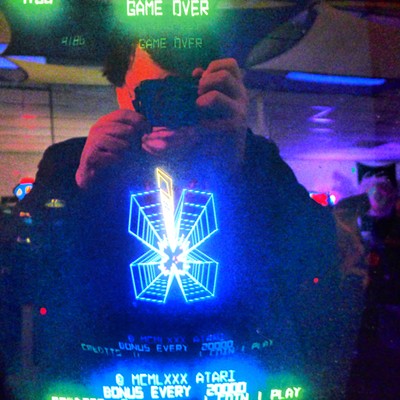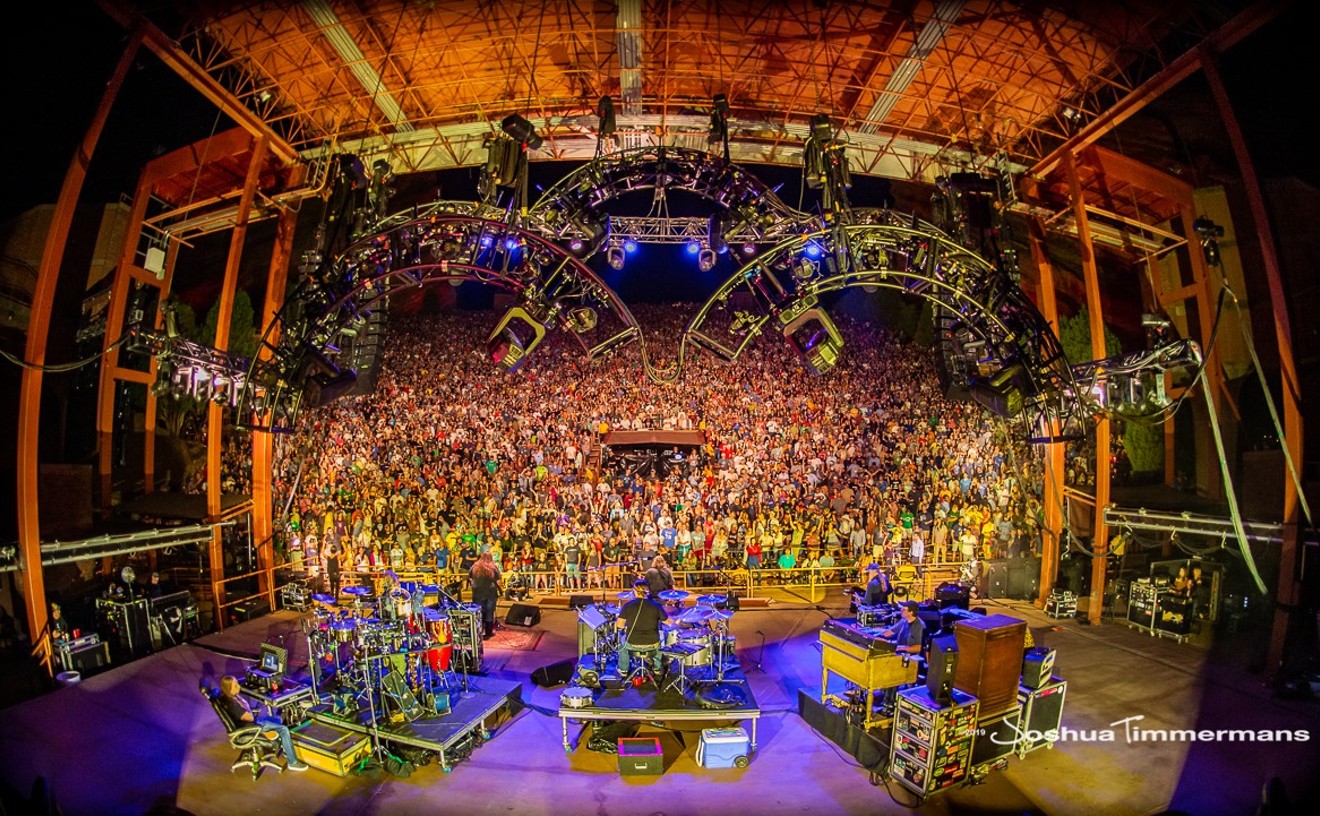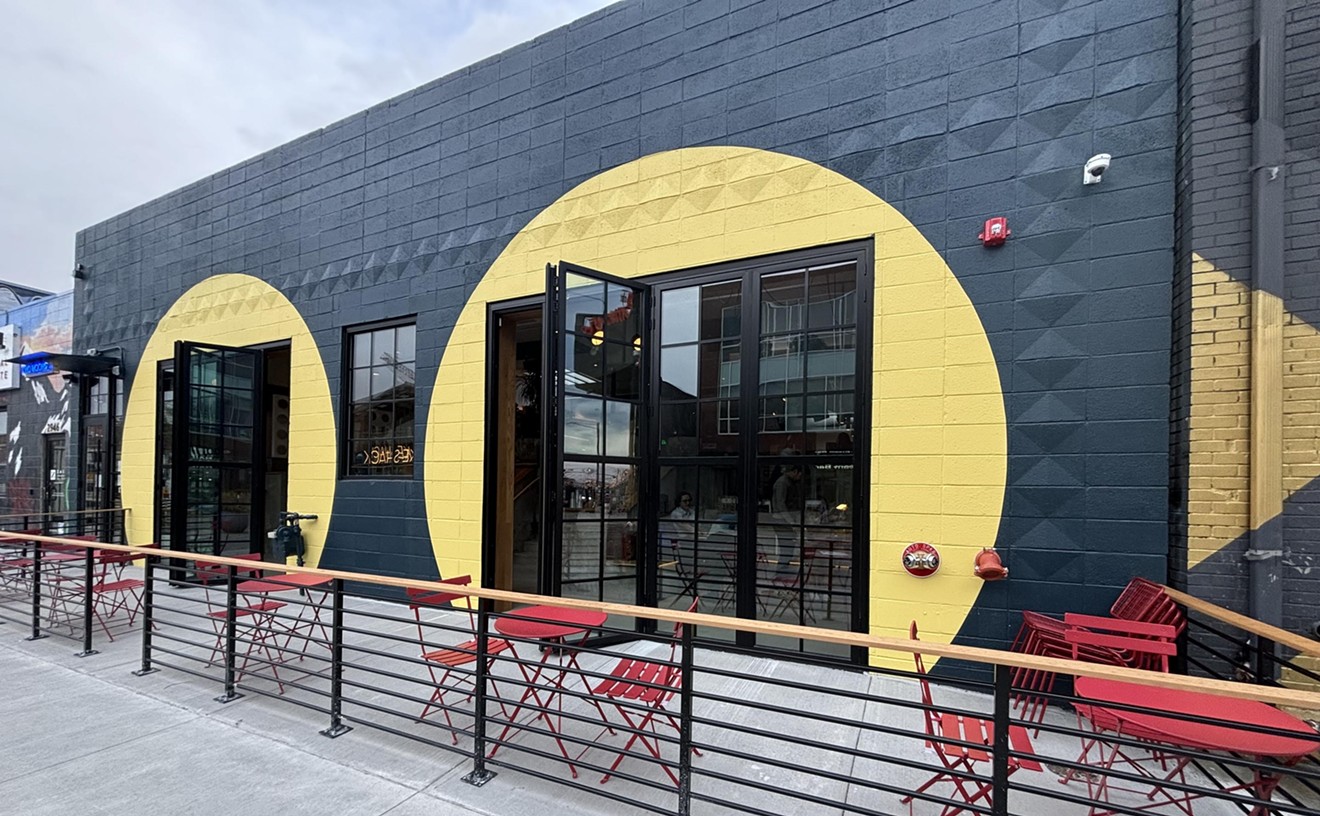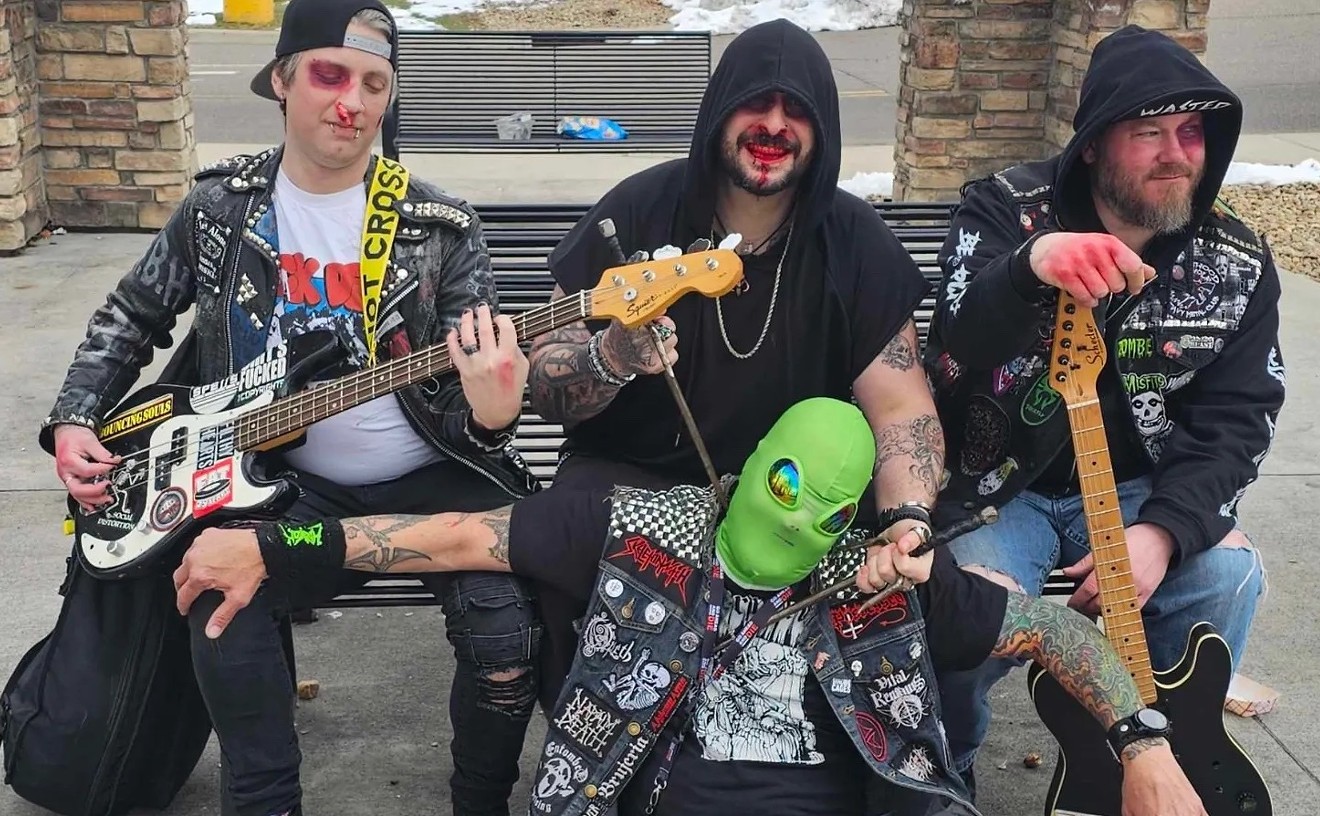Blondie emerged in the mid-’70s underground rock scene, hitting mainstream airwaves with its third album, 1978's Parallel Lines. That record, particularly the single “Heart of Glass,” set the stage for what the band would do for the rest of its career, embracing disco and other genres few would associate with the act's overt punk and new-wave sound. Blondie's eclectic sensibility has helped the act reach a wider audience.
In New York, Blondie's members hung out with a variety of musicians; having access to hip-hop music and culture inspired the band to incorporate both into its own look and sound.
The video for “The Hardest Part” includes a backdrop made up entirely of graffiti. The following year, Blondie included a reggae song, “The Tide Is High,” and rapping on one of its biggest hits, “Rapture.” For much of America at the time, Blondie was bringing those styles of music onto the airwaves and into the musical mainstream — a concept that probably seems unusual in this more multicultural era. The connection between Blondie and hip-hop became even more solid when Blondie co-founder and guitarist Chris Stein produced the soundtrack for the classic 1983 hip-hop film Wild Style.
Blondie broke up in 1982, worn down by the pressure of keeping up a streak of hit singles, and personal issues, including Stein's struggle with pemphigus, an autoimmune disease that affects the skin and mucous membranes.
The band's charismatic singer, Debbie Harry, continued with a respectable solo career but never garnered the same level of attention commanded by Blondie.
But that wasn't the end for the outfit, and when the group reconvened in 1997, it wrote new music that resulted in the 1999 album No Exit with a number-one hit single, “Maria.”
Over the past twenty years, Blondie has released a handful of albums, including 2014's Ghosts of Download, an album that reflects the band's interest in modern electronic dance music, which matched and was prompted by Stein's own involvement in programming beats and composing on the computer.
“I got into it more when I finally switched from Windows computers to Macs, which are more intuitive,” says Stein. “I graduated from Garage Band to Logic.”
On the new album, 2017's Pollinator, Blondie has returned to writing rock-and-roll songs together and recording in the studio.
Pollinator includes contributions solicited from other musicians like David Svitek from TV on the Radio, Johnny Marr, Nick Valensi from the Strokes, and Sia. The name of the album comes from the mutual influence among Blondie and the aforementioned collaborators, "between us and younger musicians, especially,” says Stein.
Blondie and Garbage with John Doe & Exene Cervenka, 7 p.m. Sunday, July 16, Fiddler's Green Amphitheatre, 303-220-7000, $35-$79.50, all ages.
[
{
"name": "Air - MediumRectangle - Inline Content - Mobile Display Size",
"component": "12017618",
"insertPoint": "2",
"requiredCountToDisplay": "2"
},{
"name": "Editor Picks",
"component": "17242653",
"insertPoint": "4",
"requiredCountToDisplay": "1"
},{
"name": "Inline Links",
"component": "18838239",
"insertPoint": "8th",
"startingPoint": 8,
"requiredCountToDisplay": "7",
"maxInsertions": 25
},{
"name": "Air - MediumRectangle - Combo - Inline Content",
"component": "17261320",
"insertPoint": "8th",
"startingPoint": 8,
"requiredCountToDisplay": "7",
"maxInsertions": 25
},{
"name": "Inline Links",
"component": "18838239",
"insertPoint": "8th",
"startingPoint": 12,
"requiredCountToDisplay": "11",
"maxInsertions": 25
},{
"name": "Air - Leaderboard Tower - Combo - Inline Content",
"component": "17261321",
"insertPoint": "8th",
"startingPoint": 12,
"requiredCountToDisplay": "11",
"maxInsertions": 25
}
]












